Well, Susan’s Eris is actually starting to look like a sweater. Mine is looking more like a bolero or a very impractical shrug with no sleeves. Here it is in all its “glory.”

This is a closeup of where I have divided for the sleeves so you can see the provisional cast on. Once I finish the body, I will pick up the sleeve stitches (which are on a holder), undo the crocheted provisional cast on, and knit up the twelve stitches I cast on. That way, there will be no underarm seam (just as with The Blue Shimmer). If the picture is confusing, my thumb is resting on the cord of my circular needle.

I’m way behind Susan with my Eris, in part because I got distracted by that red silk Sundara yarn I wrote about the other day. Once I recovered from the trauma of my lost cast on (thank you for all the sympathy), I thought long and hard about whether I wanted to put the whole project away for a little while or get it started to have as a second project. I was also spinning wildly on what size needle to use — I kept trying to do swatches and getting bizarrely inconsistent results. I decided to put it away for another day and concentrate on Eris. Then I made one small mistake. As part of my excessive worrying about needle size, I googled “Sundara silk” and “shawl” and found this:

It’s stunning and I was. Stunned that is. It’s the Icarus Shawl from Interweave knits, which I’ve already knit in Kidsilk Haze. Brook, whose blog entries on this shawl (including more photographs) can be found here, knit this beauty in the exact same color I had purchased. Well, one look at her Icarus and I was doomed. I had to play with my yarn.
I’m making the Three-Cornered Shawl from the Victorian Lace book. I don’t have an image handy; it’s on page 136 for those of you who have the book. The pattern calls for a backward loop cast on. I didn’t do it. Not only had I done it once, and not particularly liked the results, but I had come across some other knitters’ complaints about it. I swatched to make sure that the pattern would work with a different cast on and then decided to use a cable cast on (which I kept relatively relaxed because I didn’t want a tight edge). It looks fine. The backward loop probably gives a more invisible, delicate edge, but in the context of the whole shawl I don’t think it matters.
I’ve done the four-row beginning (Chart A), Chart B, and have just barely started the first repeat of Chart C. The pattern difficulty is categorized as “experienced.” It’s really not a hard pattern, though (apart from that cast on). The lace repeats themselves are small and fairly obvious — that is, they line up over each other nicely so that it is not hard to figure out where you are or whether you’ve miscounted. I initially put in markers to separate the repeats (just to make sure I had the initial counting correct when I set up the repeats), but I removed them after Chart A. Not only was it annoying to have so many markers, but — and this may be why they listed it as being for experienced knitters — the markers need to be moved fairly regularly as the number of stitches changes. Still, it’s a simple pattern with no lace patterning done on the wrong side rows (which makes it more of a lace fabric than a true knitted lace).
I have very little to show of it, but here is what I have:


I’m not sure that my shawl will be as exquisite as hers, but I’m hoping. If I hadn’t already knit Icarus, I’d probably be knitting it in this right this moment.
P.S. Don’t forget to enter our Anniversary Contest if you haven’t already. We are taking entries for another week. Details can be found by clicking on the link at the top of the sidebar (to the right).
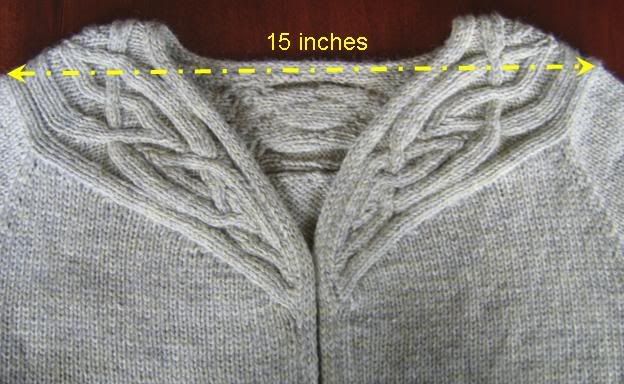

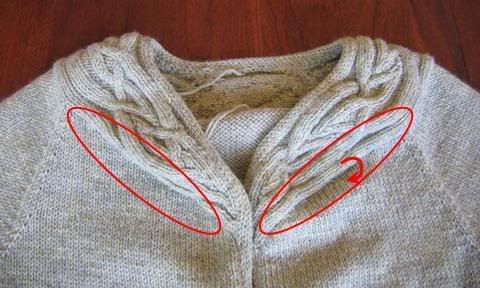
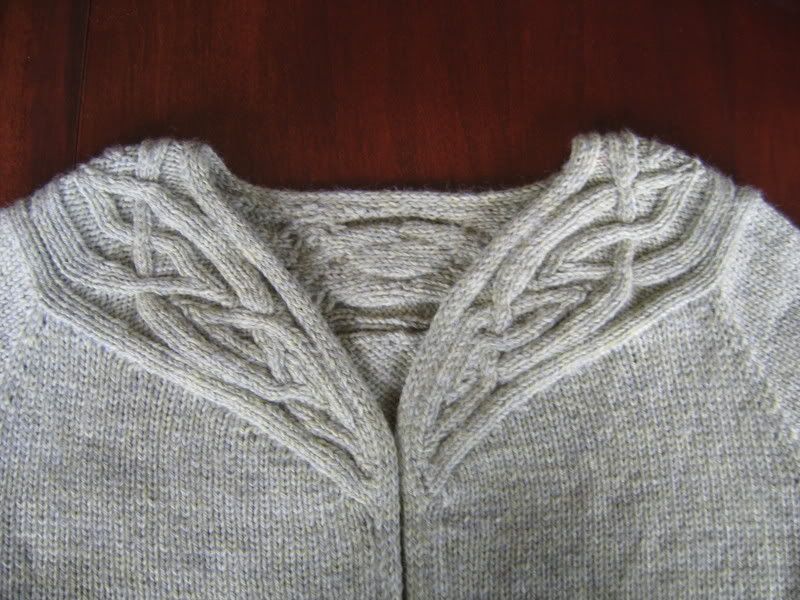
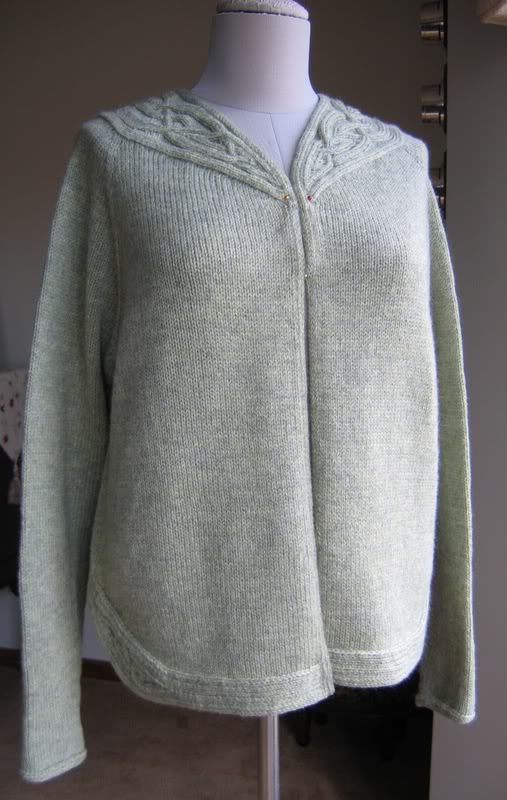
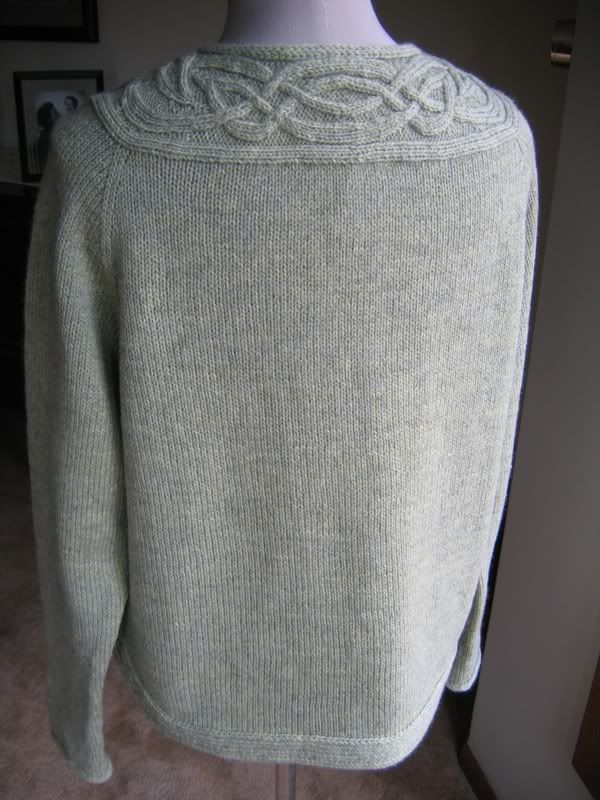
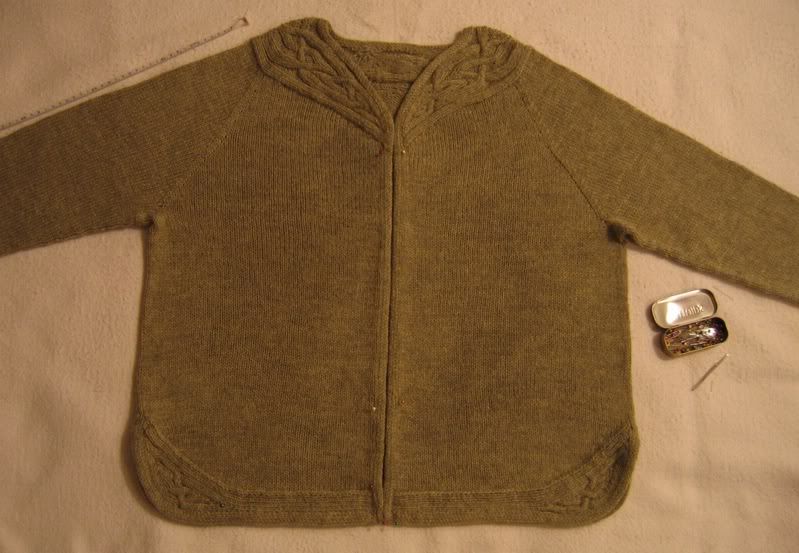
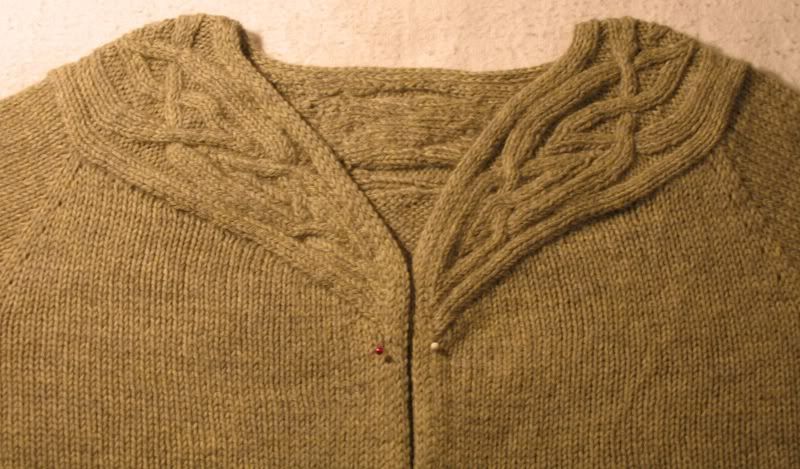
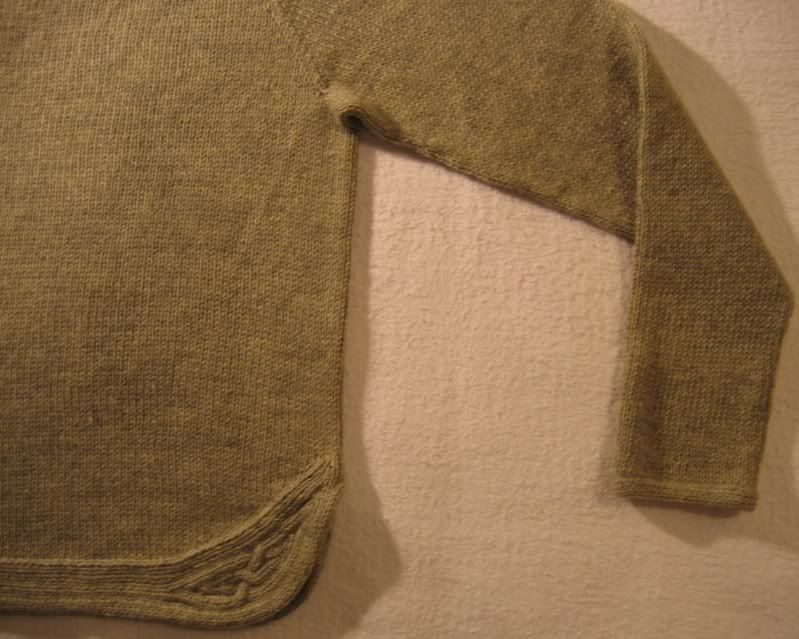

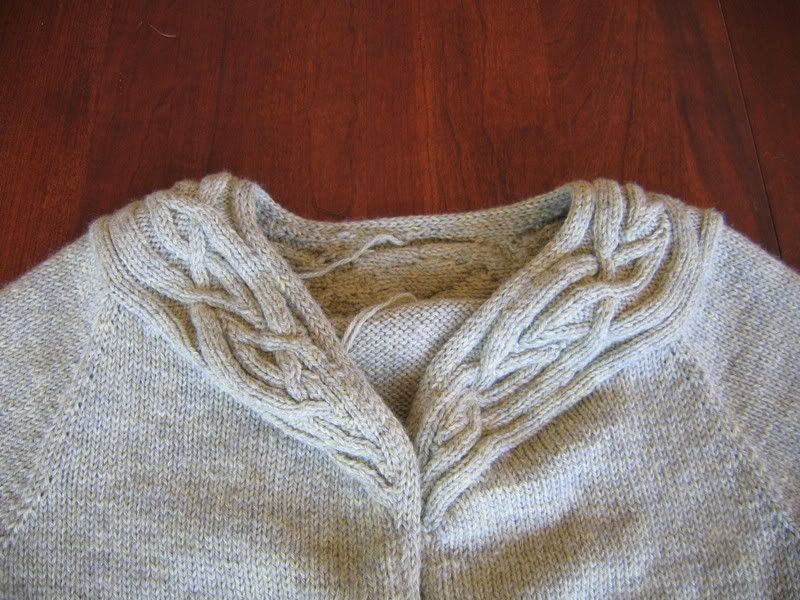
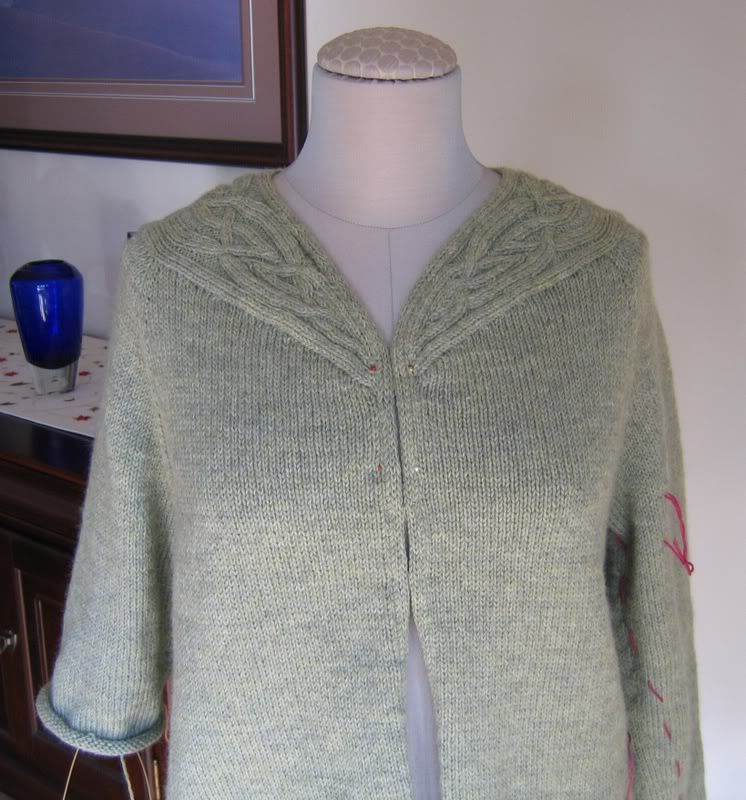
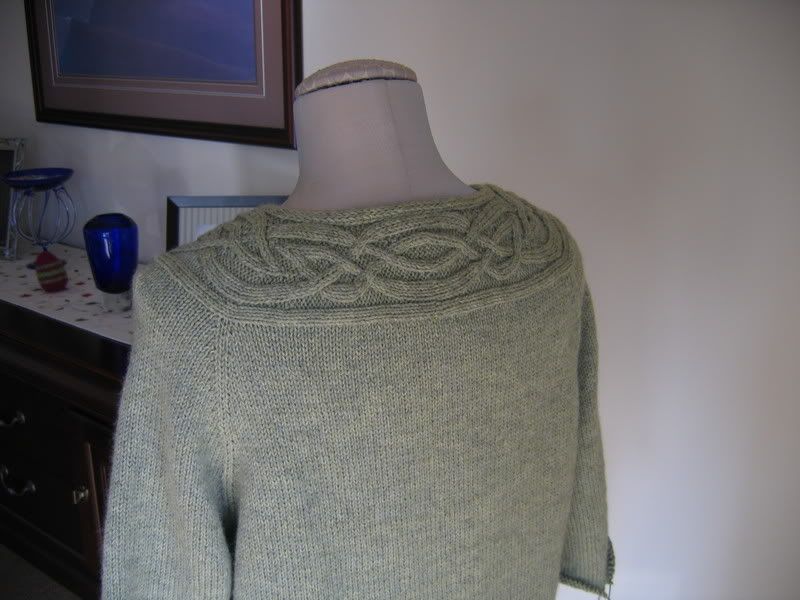
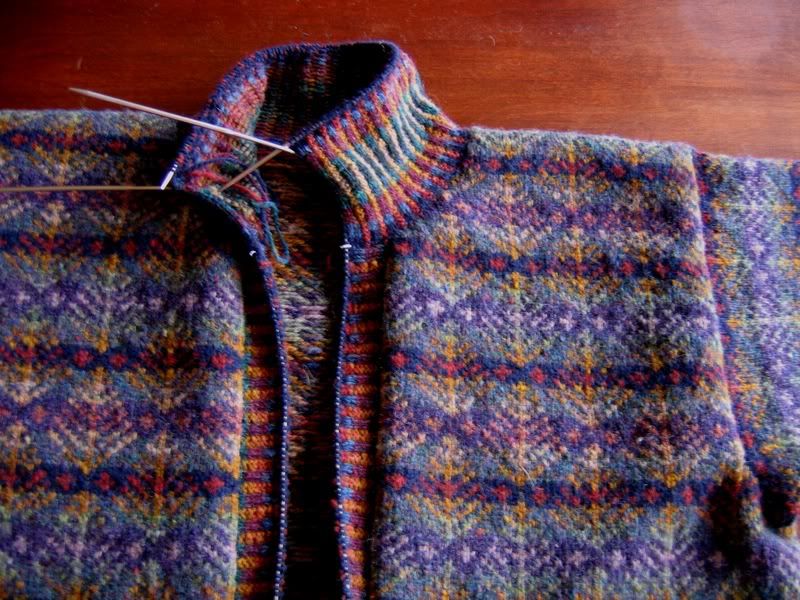
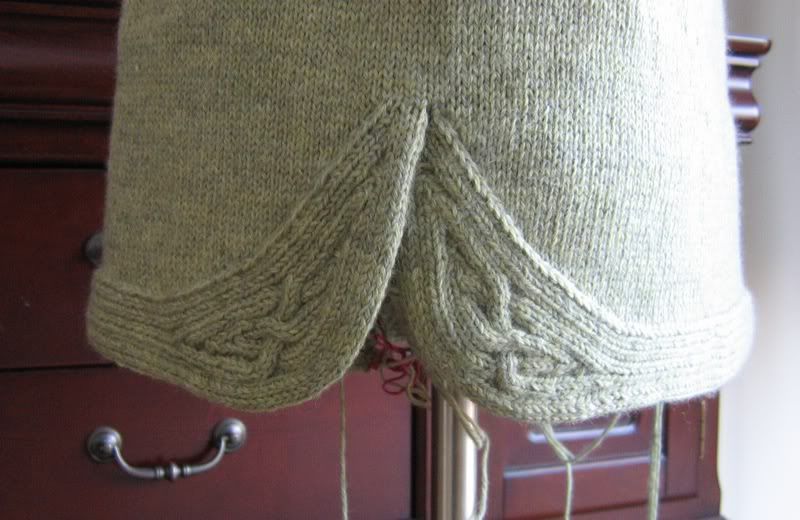
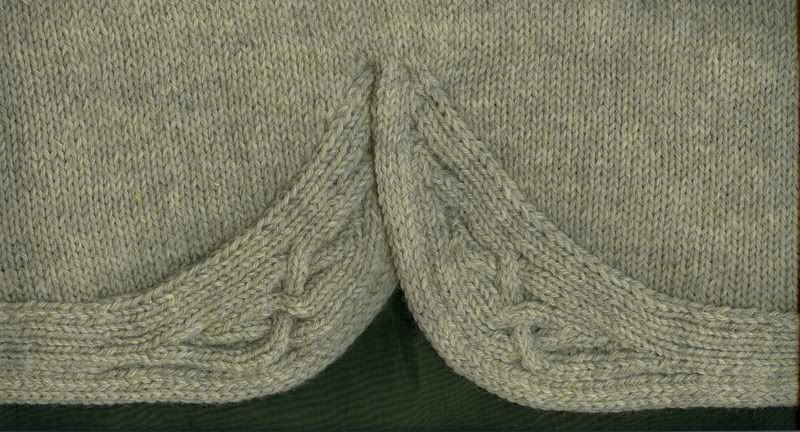






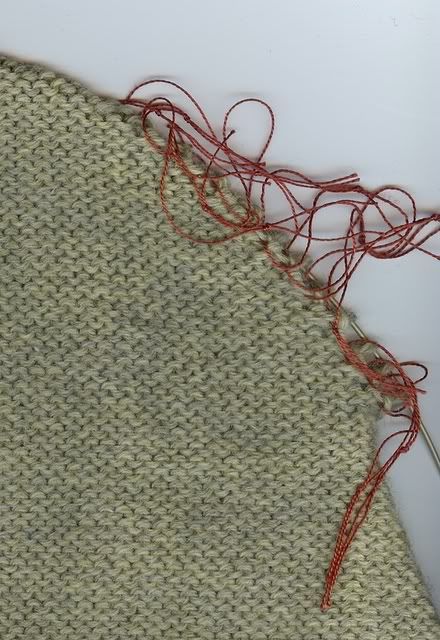
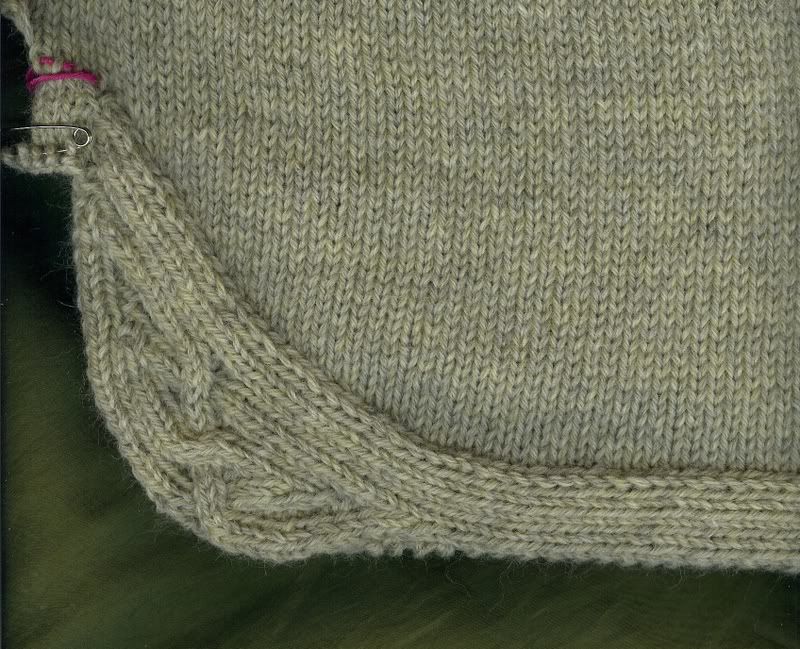
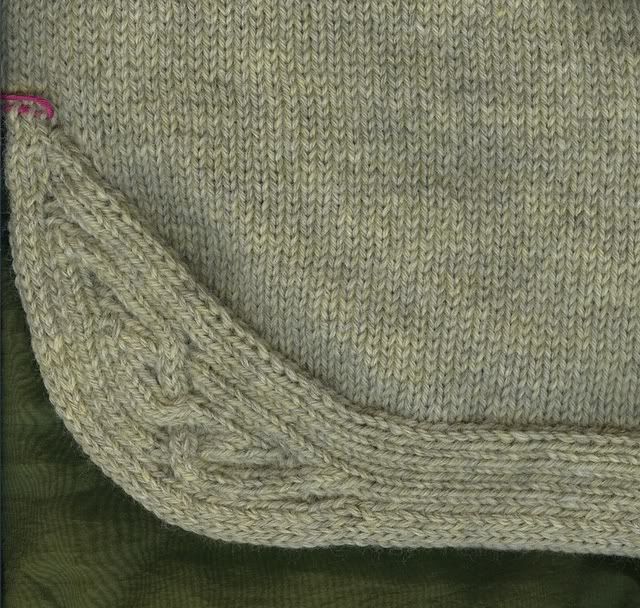
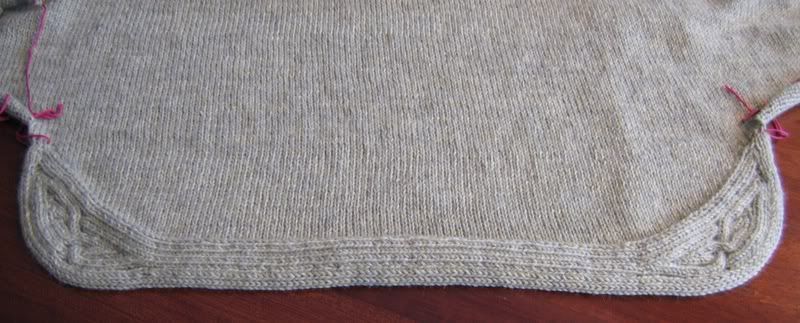 Â
  !Â
! 















